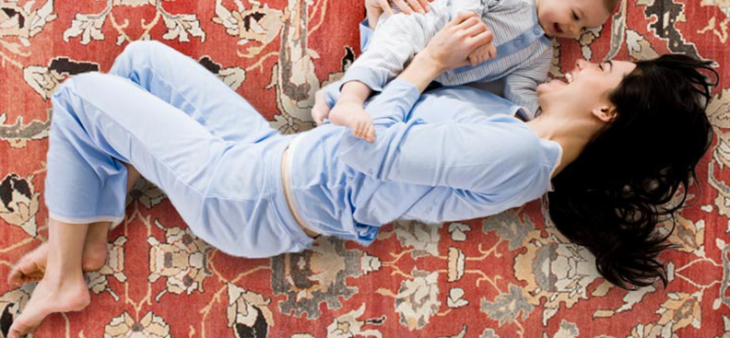
Some rugs you may clean have more hidden landmines than you realize.
Afghanistan has been a war-torn region for decades.
Though many standard industries have not been able to withstand the turmoil, rug weaving has. In fact, some of the “motifs” of war have made their way into their rug designs, and these Afghani “war rugs” are collected by some. However, the stop-and-go nature of tribal weaving in these regions, and the lack of certain quality controls, have led to some dangers in handling and cleaning textiles from Afghanistan.
Thankfully, these dangers can be uncovered before the cleaning process — if you have an eye for them.
Weaving landmines The three big dangers with Afghan rugs are weaving flaws that cause buckling, dye flaws that cause migration, and cleanliness flaws that cause unsavory odors. I’ll cover each of these, and offer suggestions to help keep you from stepping on these rug landmines.
1) Rug buckling Tribal and nomadic textiles are often woven on horizontal looms.
Sometimes the looms are stationary, and sometimes they are moved to travel with the tribes.
Though no hand woven rug is perfectly symmetrical, tribal rugs woven in a village do often exhibit more asymmetry than city rugs woven in a factory setting. Add to the mix of tribal weaving the element of a war with Russia, and now the element of American and Taliban fighting, you have “chaos” blending into their art of weaving.
You also have the art moving into new regions, as Afghani weavers are weaving in nearby Pakistan and India.
This can make it harder to properly identify a truly “Afghan” rug, but the dangers can still be identified — with buckling being the primary one.
Uneven ends, wavy sides, and creasing throughout the body of the rug before the cleaning can often become much worse after the wash, especially if you are giving the rug a good long bath.
Read more:
https://s3-us-west-2.amazonaws.com/realdirtitems/CF-article-afghan+rugs+copy.pdf
